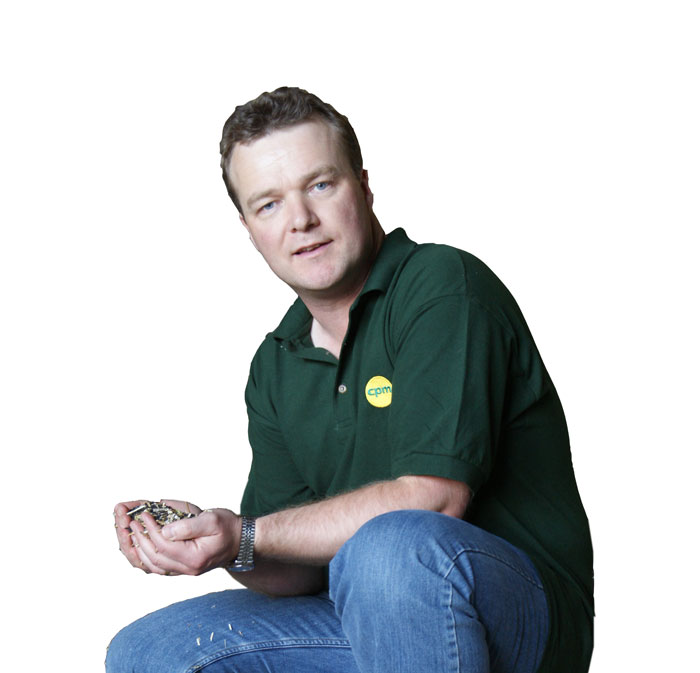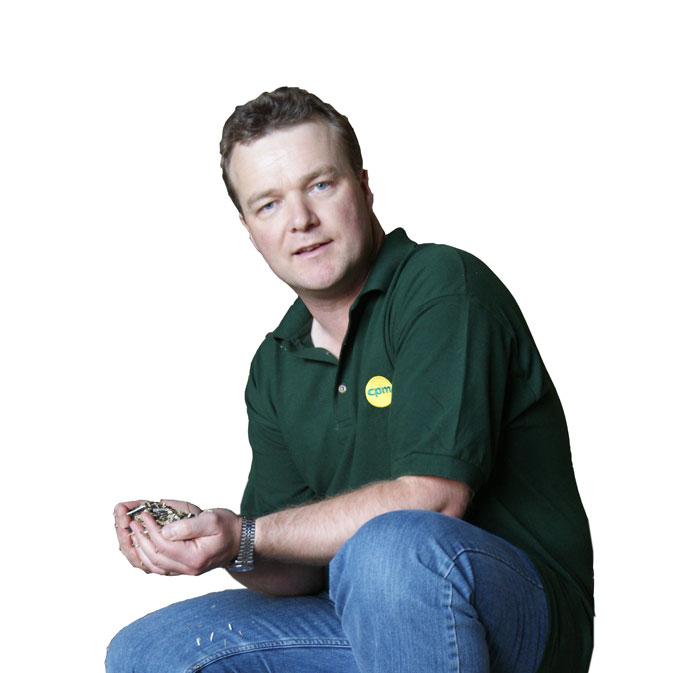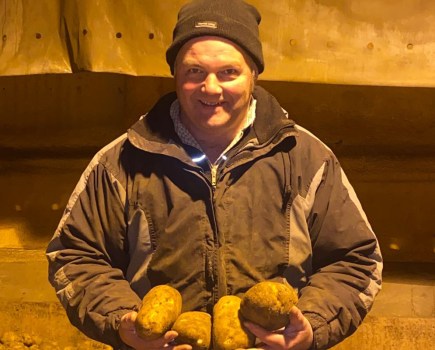 Anyone who’s ever had livestock they’ve released onto fresh pasture after the long winter months will know of the unbridled and unmistakable show of sheer glee they get from their animals.
Anyone who’s ever had livestock they’ve released onto fresh pasture after the long winter months will know of the unbridled and unmistakable show of sheer glee they get from their animals.
It’s been somewhat the same in tractor cabs recently – after months of relentless winter rainfall, those farmers finally able to get out into the fields and pull a drill through drying soils have shared their joy on social media. COVID-19 has only added to the determination and spirit to #FeedTheNation.
Not every arable farmer with land to drill this spring was best placed to do so, however, and I found myself in that category. Our soils have, for the most part, dried out, but their potential is sorely compromised. We’d put a catch crop into most of the area destined to go into winter wheat sometime after mid-Oct, but that too had largely fallen victim to ground conditions that just got worse. Was hoiking the land around to get a cash crop in this spring really the best we could with it?
I did the sums – we’re in a contract farming arrangement specifically designed to be flexible to adapt to changing cropping scenarios. That puts us in the fortunate position that we don’t have our own labour or expensive machinery on finance so there are many costs we could avoid through not cropping the land. Meanwhile the BPS income would cover the cost of establishing a cover crop to recover soil health, build life and add a bit of extra carbon into the land over the summer – exactly the public benefits I believe we’re paid for to steward the land for the long term.
But the deciding factor was the market. I totally understand and support the drive to #FeedTheNation and salute those farmers committed to doing so. But my contribution to keeping supermarket shelves stocked during COVID-19 came out of the fields last summer. The food shortages and supply blips we’re experiencing at present are not reflected in grain market prices for Nov 2020 and beyond. Factor in forthcoming trade talks and grain supplies set to come onto the market from increased plantings in the US and Ukraine, and my confidence wanes – I’m all for doing the right thing, but with our projected yields, bringing a crop to market would likely be a very expensive mistake.
It’s a shame – I reckon that amounts to about 720,000 loaves of bread we won’t be putting on supermarket shelves as a result. That’s a contribution to feeding the nation I would like to be a part of. But I have to feel it’s worth the risk, both to my business and to the land.
Instead, we’re focused on harvest 2021. In a way, we’re already committed as we have the winter wheat seed and fertiliser sitting in the shed. The land will be more fertile, in a better state; there will be less blackgrass; we can time cultivations to the perfect opportunity to establish a quality crop.
And what will be the market for that produce in the new normal post COVID-19? I think we have every reason to be optimistic. The world has suffered an unprecedented shock and will come out stronger, and hopefully kinder as a result. So for those who couldn’t sing for joy in tractor cabs as drilling progressed this spring, maybe autumn will be the opportunity.
Innovation Showcase
It was somewhat inevitable, but nonetheless sad when the news came through that the Cereals event, along with other key technical shows over the summer, were cancelled.
What we’ll miss is the opportunity to get together and meet up as an industry – something I feel we’ll be yearning for by the end of the summer. What we mustn’t lose, though, is the opportunity to pick up and share new ideas.
The good news is that the event will still take place on 10-11 June, albeit online. Event organisers plan to deliver working demonstration videos, seminar sessions and expert advice so that visitors and exhibitors can get as much as possible from the event and gain CPD points as normal.
We’ll stay abreast of developments and bring you updates in the May and June issues, as well on the News page of the website cpm-magazine.co.uk.
But will that fill the void? We want to be sure CPM readers get as much, if not more, of the access to new ideas and developments to help progress the farm business and continue to lead the way with positive change. So we’ve launched the CPM “Innovation Showcase”.
From agronomic solutions, through new breeding technologies to the very latest in digital and mechanised tech, we’re setting aside pages of the next few issues of CPM to profile some of the brightest and greatest innovation that was set to make its way onto showgrounds this summer. There’ll also be plenty of opportunities on the website.
So please get in touch and bring us your ideas and innovations. While COVID-19 is doing its damnedest to damage our community spirit, we must never let it dampen our enthusiasm to explore new thinking and share this with others.
Tom Allen-Stevens has a 170ha arable farm in Oxon, where prancing in the pastures will resume one the current lockdown is over. @tomallenstevens




